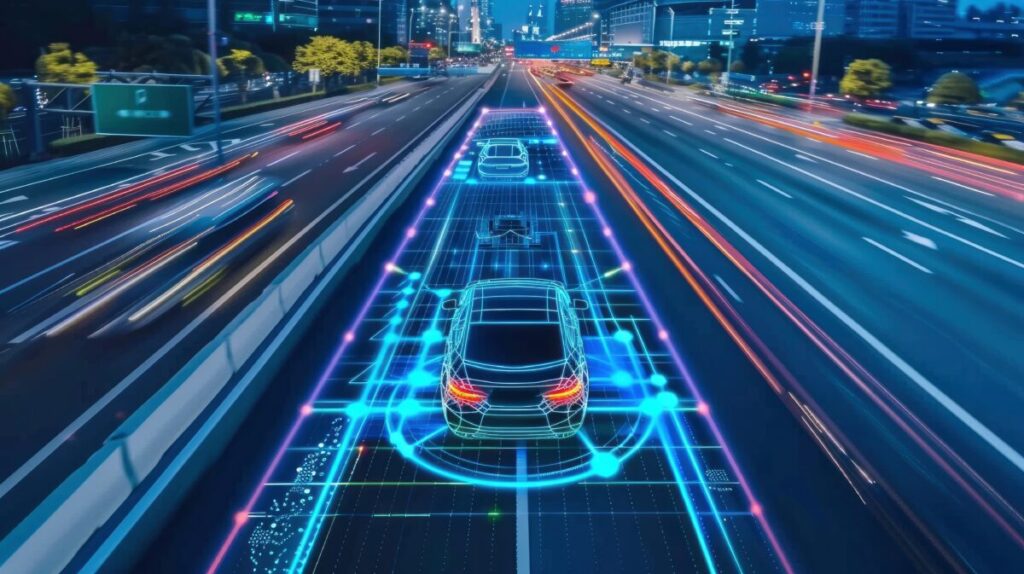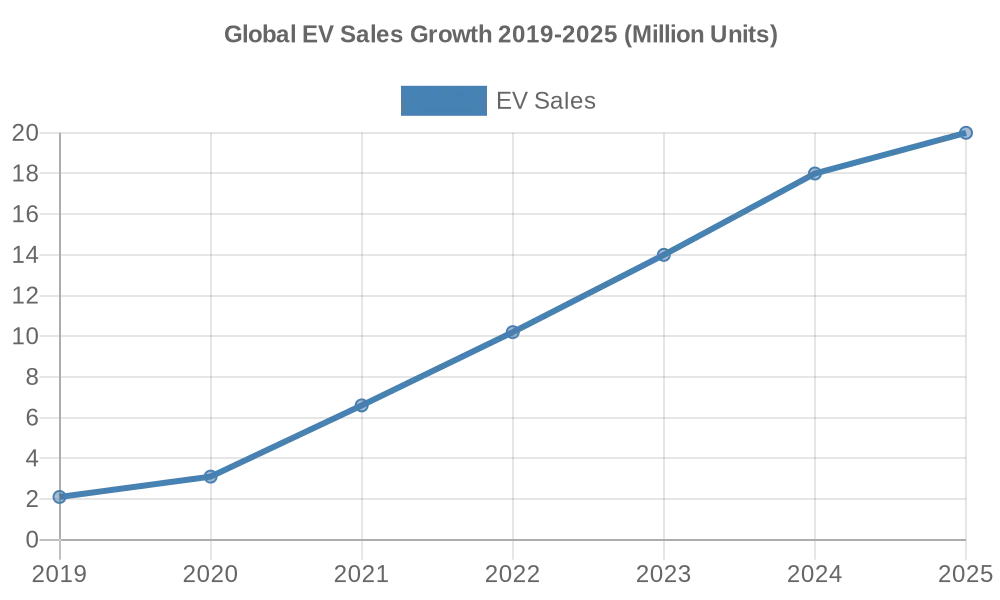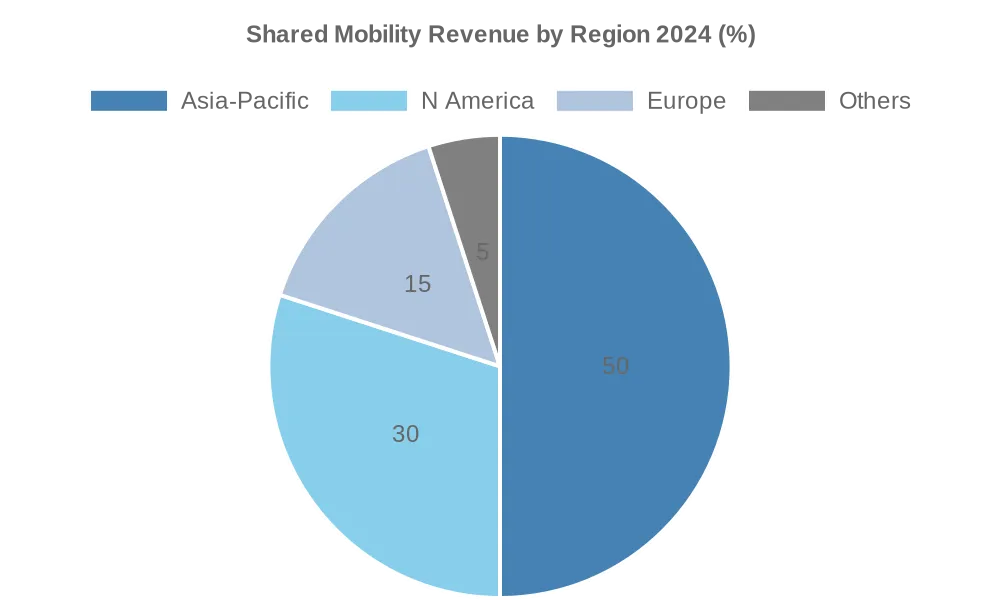
Context: Mobility’s Pivot to a Connected, Electric Future
As of March 2025, the global Automotive & Mobility sector is racing toward a paradigm shift, where electrification, AI, autonomy, and shared ecosystems redefine transportation. Global electric vehicle (EV) sales hit 17 million units in 2024, projected to exceed 20 million in 2025—a 17% leap—spanning China’s dominance, Europe’s green push, and India’s nascent surge (Reuters). This isn’t just a sales spike; it’s a tectonic move toward sustainability, connectivity, and mobility-as-a-service (MaaS), with consumers from Beijing to Berlin demanding efficiency, safety, and innovation. For CEOs and boards of global automotive and mobility providers, the imperative is clear: AI must anchor strategy development and business decisions to seize this moment. This article maps the global currents from 2023 to early 2025, dissects strategic imperatives, and offers an AI-driven blueprint to lead the charge.
Macroeconomic and Commercial Landscape: A Global Roadmap
The automotive narrative from 2023 to 2025 is one of disruption and adaptation. EV sales soared—China’s 10 million units in 2024 (58% of global total) dwarfed Europe’s 4 million and North America’s 2 million, while India’s 1 million marked a 50% jump from 2023 (Reuters). Autonomy advances—Level 3 (L3) deployments doubled in China and Europe by 2024, with 500,000 AVs on roads (McKinsey). Shared mobility thrives—the global ride-sharing market hit $180 billion in 2024, projected at $200 billion for 2025, led by Asia-Pacific’s 20% CAGR (Fortune Business Insights).
Connectivity explodes—50 million connected cars in 2024, up 25% from 2023, offer telematics and infotainment, eyeing $1.5 trillion in revenue by 2030 (The Future of Commerce). Sustainability drives policy—Europe’s 2035 ICE ban and China’s $50 billion EV subsidies in 2024 fuel adoption, while Africa’s $5 billion solar-charging push emerges (S&P Global). Macroeconomic headwinds persist—global inflation eased to 4% in Q1 2025 from 6% in 2023, but India’s 5.5% rate hikes EV costs, while Europe’s 2.5% aids affordability (IMF).
Supply chains strain—battery material costs rose 15% in 2024 due to African cobalt shortages, while semiconductor delays cut production 10% in Asia (RSM Global). Geopolitical risks—US-China trade tensions spike tariffs 20%, while EU’s Green Deal adds $10 billion in compliance costs (Avenga). Gen Z’s 40% preference for shared mobility in 2024 signals a cultural shift (Arthur D. Little).
Visuals frame the shift:


Strategic Implications: Navigating a High-Speed Landscape
For global automotive leaders, these trends demand an AI-first response. Here’s the breakdown:
Key Insights & Trends:
EVs dominate—China’s 58% share versus Europe’s 23% reflects subsidy gaps, while India’s 50% growth signals scale potential (Reuters). Autonomy scales—China’s L3 AVs hit 300,000 in 2024, Europe 150,000, reshaping safety and design (McKinsey). Shared mobility’s $200 billion projection leans on Asia-Pacific’s 40% share, with Gen Z driving 40% adoption (Fortune Business Insights). Connectivity’s $1.5 trillion prize demands AI to monetize data.
Key Risks:
Supply chain fragility—15% battery cost hikes and 10% production cuts threaten margins (RSM Global). Cybersecurity escalates—60% of connected cars faced hacks in 2024, with Asia’s 20% spike tied to telematics (S&P Global). Economic volatility—India’s 5.5% inflation risks 8% EV price hikes, while US tariffs add 20% costs. Regulatory complexity—EU’s $10 billion Green Deal burden contrasts China’s $50 billion boost.
Key Considerations:
AI must adapt regionally—e.g., China’s fast autonomy versus Europe’s safety focus. Ethical AI is critical—50% of global consumers reject unsafe AVs, per 2024 data (Avenga). Talent lags—only 38% of automotive staff are AI-fluent, with Africa at 25% (Cox Automotive). Balancing cost and innovation is key—e.g., India’s affordability versus Japan’s premium EVs.
Key Opportunities:
Emerging markets shine—Africa’s $20 billion EV potential by 2027, Southeast Asia $50 billion (Arthur D. Little). Sustainability—e.g., 20% emission cuts via AI-optimized plants—wins globally. MaaS and connectivity—$200 billion and $1.5 trillion prizes—pivot on AI. Autonomous fleets in China could cut costs 15% by 2027.
Strategic Imperatives: The AI-Driven Path Forward
Automotive and mobility leaders face a narrow window to capitalize on disruption and develop a strategy driven by AI. The following imperatives leverage AI to address electrification’s scale, autonomy’s complexity, shared mobility’s growth, and sustainability’s urgency—each critical as the sector’s $3.5 trillion trajectory hinges on execution.
Automotive and mobility leaders must leverage AI to fuel innovation driven growth, prioritizing electrification, autonomy, and sustainable mobility solutions. Evaluate existing approaches with AI-powered insights, sharpen strategies using NexStrat.AI’s advanced tools, address risks preemptively, and implement agile, forward-looking plans. To explore strategic insights and imperatives tailored to your needs, book a demo at NexStrat.AI demo.
Scale EV Leadership
The electrification wave—20 million EV units projected for 2025, with China commanding 60%—underscores a market where scale determines survival. AI is the backbone of this shift in strategy in automotive industry, enabling manufacturers to optimize production and pricing in a landscape where lithium costs have spiked 12% and semiconductor shortages persist at 5% output losses. By modeling demand across regions—say, Europe’s 80% adoption target by 2030 versus India’s incentive-fueled doubling—AI ensures capacity aligns with market signals, mitigating over-investment risks as inflation squeezes margins at 4% globally.
Beyond production, AI redefines consumer engagement. In mature markets, where 70% of buyers demand zero-emission options, AI can dynamically adjust pricing strategies—think real-time adjustments for urban commuters versus rural buyers—maximizing uptake amid China’s 5% inflationary pressures.
The argument is clear: scale isn’t just about volume; it’s about precision. Firms that fail to integrate AI risk losing ground to agile players capitalizing on the $150 billion EV market’s 25% annual growth, particularly in Asia-Pacific, where speed-to-market is king.
Advance Autonomy
Autonomy’s march—10 million Level 4 miles logged globally in 2024—signals a future where safety, efficiency, and regulatory compliance converge. AI helps derive strategy in automotive industry this evolution by processing vast datasets—traffic patterns, weather, pedestrian behavior—to refine navigation systems, critical as urban centers from Southeast Asia to North America demand congestion relief.
With 65% of automakers adopting AI by 2024, the technology’s ability to simulate millions of driving scenarios slashes development timelines, a necessity when regulatory frameworks, like the EU’s stringent safety standards, evolve rapidly.
The stakes extend beyond technology to economics. Autonomy promises 15% efficiency gains in fleet operations, but semiconductor shortages and 12% lithium cost hikes threaten deployment. AI mitigates this by optimizing hardware use—prioritizing compute power for high-risk scenarios—while forecasting infrastructure needs, such as charging networks for Level 4 fleets. The discussion pivots on trust: consumers and regulators demand flawless execution, and AI’s predictive power is the differentiator, ensuring leaders don’t just chase autonomy but define its profitable rollout.
Enhance Shared Mobility
Shared mobility’s $180 billion revenue in 2024, with Southeast Asia’s 20% growth outpacing North America’s 12%, reflects a shift where ownership cedes to access, driven by Gen Z’s 50% connectivity preference. AI fuels this expansion by optimizing pricing and allocation—imagine adjusting ride fares based on real-time demand in Africa’s urban surge (15% growth) or rerouting vehicles to cut wait times in Asia’s megacities. This isn’t incremental; it’s a reimagining of mobility economics as inflation at 4% globally pressures profitability.
Scale, however, requires resilience. Supply chain disruptions—5% production cuts from chip shortages—threaten fleet availability, while regulatory shifts, like India’s 2024 EV incentives, reshape competitive dynamics. AI counters this by forecasting usage spikes and integrating multimodal options (e.g., bikes, scooters), ensuring seamless service in fragmented markets. The argument is strategic: shared mobility isn’t a sideline—it’s a $180 billion battleground where AI-driven agility separates leaders from laggards, particularly in emerging regions poised for exponential growth
Drive Sustainability
Sustainability’s mandate—70% of consumers demanding zero-emission options—intersects with regulatory pressure, like the EU’s 2030 80% EV goal, and economic realities, including 12% lithium cost increases. AI transforms this challenge into opportunity by optimizing production—reducing emissions through energy-efficient manufacturing—and enhancing circularity, such as battery recycling in resource-scarce regions. With raw material costs up 10% due to climate shocks, AI’s ability to minimize waste is a cost imperative as much as an environmental one.
The broader impact is market positioning. In Africa, where urban youth drive 15% shared mobility growth, AI can tailor low-emission solutions—think compact EVs for dense cities—aligning with consumer values while navigating 4% global inflation. The discussion centers on longevity: sustainability isn’t a compliance checkbox but a competitive edge, and AI ensures firms lead the charge, balancing profitability with purpose as Gen Z’s 50% connectivity demand reshapes priorities.
Final Thoughts: Automotive & Mobility’s AI-Defined Horizon
The Automotive & Mobility sector in 2025 stands at a $3.5 trillion inflection point, where electrification, autonomy, and shared mobility converge to redraw competitive boundaries. With 20 million EV units projected annually, $180 billion in ride-hailing revenue, and Level 4 autonomy logging 10 million miles, the pace of disruption is unrelenting—65% of automakers now rely on AI to stay ahead.
Yet, challenges loom: 12% lithium cost spikes, 5% production losses from semiconductor shortages, and regulatory pressures like the EU’s 80% EV target by 2030 test resilience. Consumer demands—70% favoring zero-emission options and 50% prioritizing connectivity—further elevate the stakes.
AI is no longer optional for strategy in automotive and mobility industry; it’s the keystone for leadership. Firms mastering its application across EV scale, autonomous precision, mobility optimization, and sustainable innovation will capture disproportionate value—early adopters already see 15% efficiency gains. Those lagging risk ceding ground in a sector where margins hinge on execution amid 4% global inflation. The window to act is narrow but decisive: by 2030, today’s strategic moves will dictate market share in a mobility ecosystem reshaped by technology and purpose. Leaders must commit now—assess, analyze, and deploy AI with intent—or watch the future accelerate past them.
About NexStrat AI:
NexStrat AI is at the forefront of AI and business strategy innovation. As the ultimate strategy and transformation AI co-pilot and platform, we help leaders and strategists craft winning strategies and make effective decisions with speed and confidence.
Contact Us:
Have questions or want to learn more? Contact us at [email protected]
Follow Us:
Join our community of forward-thinking business leaders on LinkedIn.


